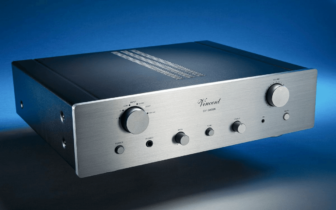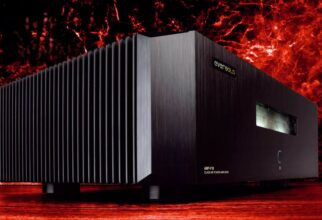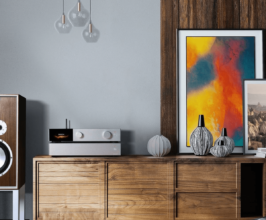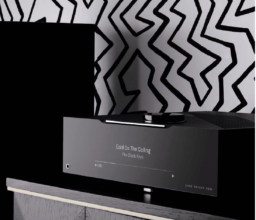Yamaha CR-2020 Review
Over half a meter wide and with a solid 100 watts RMS output per channel at eight ohms, the Yamaha CR-2020 played a significant role during the heyday of receivers.
by Michael Lang
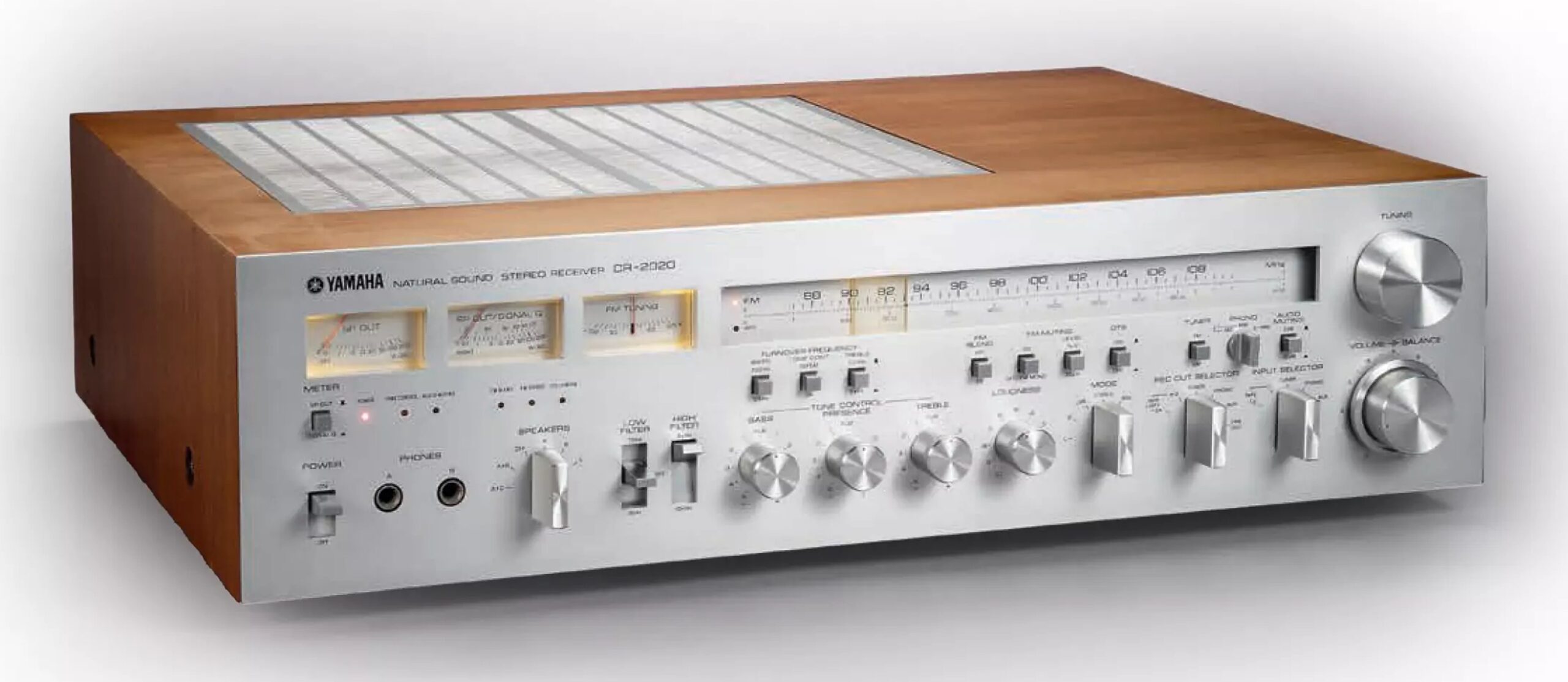
Comparatively inexpensive in the event of service.
Today, receivers are about as extinct as brand-new cassette recorders, but back in the 1970s that was a completely different story.
Practically every manufacturer had an entire range of this category in their lineup, and almost every year each company introduced a whole new series of devices. And similar to the long-standing tradition in the automotive industry, the devices became increasingly powerful and larger. The Japanese competitors from Sansui really went all out, developing massive units in this category that were technically tuners with a preamplifier and an extremely powerful power amp attached, crowned by the G-33000 delivering 2×300 watts RMS, weighing around 50 kilos, and measuring almost 64 centimeters in width — values that presumably remain a world record to this day.
Things were not quite so extreme at Yamaha, but even the second-largest receiver in their lineup was impressive in both dimensions and performance data, paired with features that left little to be desired. Of course, it came at a premium price of around $1,000 — and that was in 1977!
And what did you get for that? First of all, a classic analog tuner with a dial scale, whose tuning was done via a 4-gang tuning capacitor. It may not have been as elaborate as the top-of-the-line CT-7000 tuner with its 7-gang capacitor, but it still provided convincing reception capabilities and good sound.
To prevent the dreaded drifting away from a station, Yamaha developed “OTS,” a sensor-controlled regulation similar to the frequently used AFC circuit, which kept a once-found station on the best possible reception. Another special feature was a circuit that canceled out the pilot tone using an out-of-phase signal instead of a normal filter. Station presets, by design, did not exist; this feature was widespread only with so-called “digital tuners,” which utilized quartz-synthesizer control and a digital frequency display to meet customer demands for greater convenience and very good technical data.
Obsolescence Not an Issue
A look at the preamplifier section reveals both a focus on durability — for example, with the 4-gang volume potentiometer, first used in the then-reference C-1 preamplifier — and an understanding of user enjoyment as well as practical needs.
Alongside two connections for MM and optionally MM- and MC-cartridges and one more source device, there were also two tape or other recording devices, plus two headphone outputs and as many as three pairs of speakers.
It’s also interesting that bass, mids, and treble could be switched with different center frequencies. High and low filters were available, as was Yamaha’s specialty: a continuously adjustable loudness control.
Back then, when tape enthusiasts were more common, they appreciated the very solid switches that allowed recording of a different source than the one currently being listened to and even let them modify that recording with all the tone controls at will. And of course, the preamp and power amp sections could be separated.
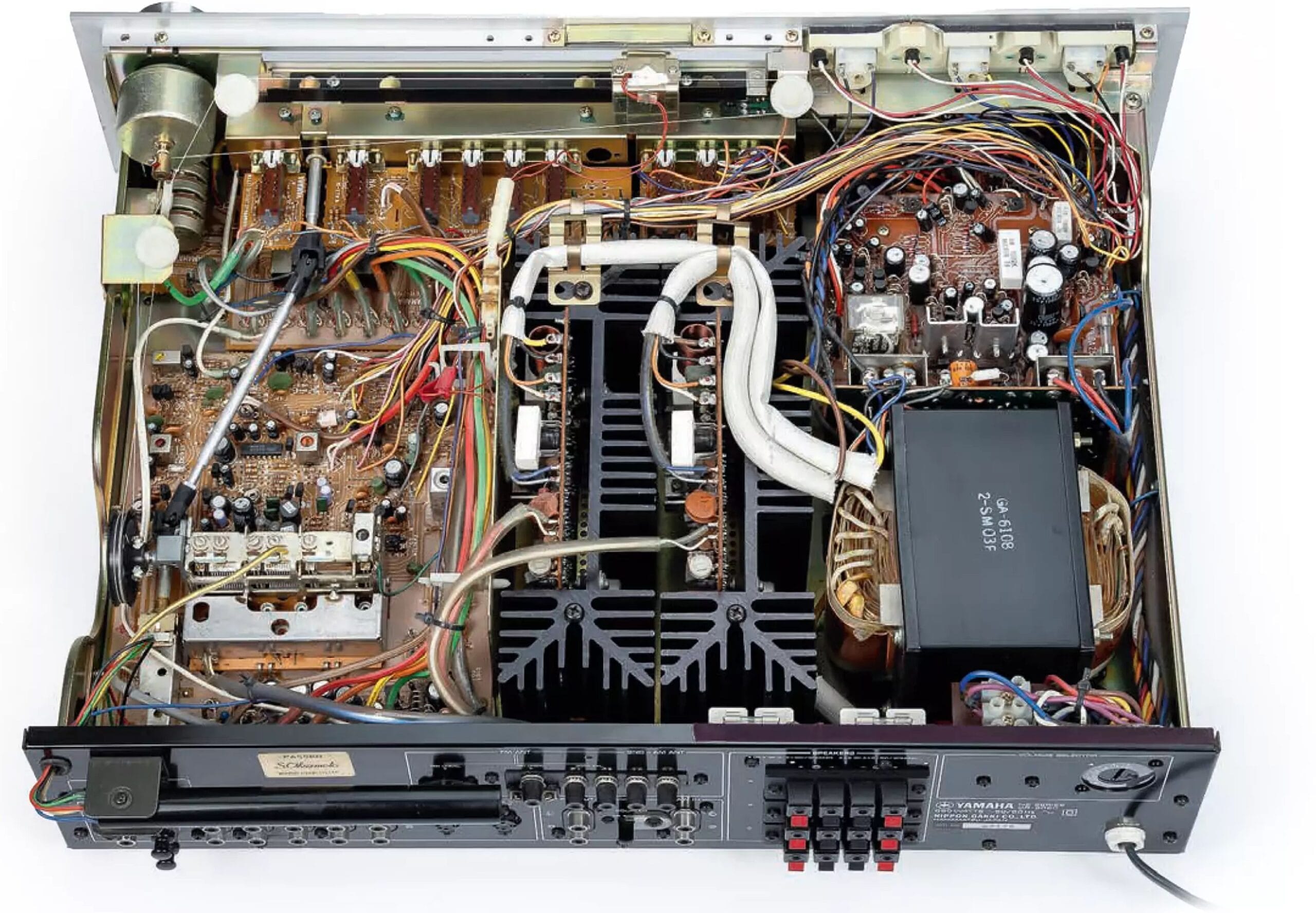
The interior layout, with plenty of wiring, looks a bit bold but was neatly arranged by module.
YAMAHA CR-2020 Info
Manufacturing period: 1977–1979
Original price: $1,000
Current used price: from $1,000
Occurrence: rare
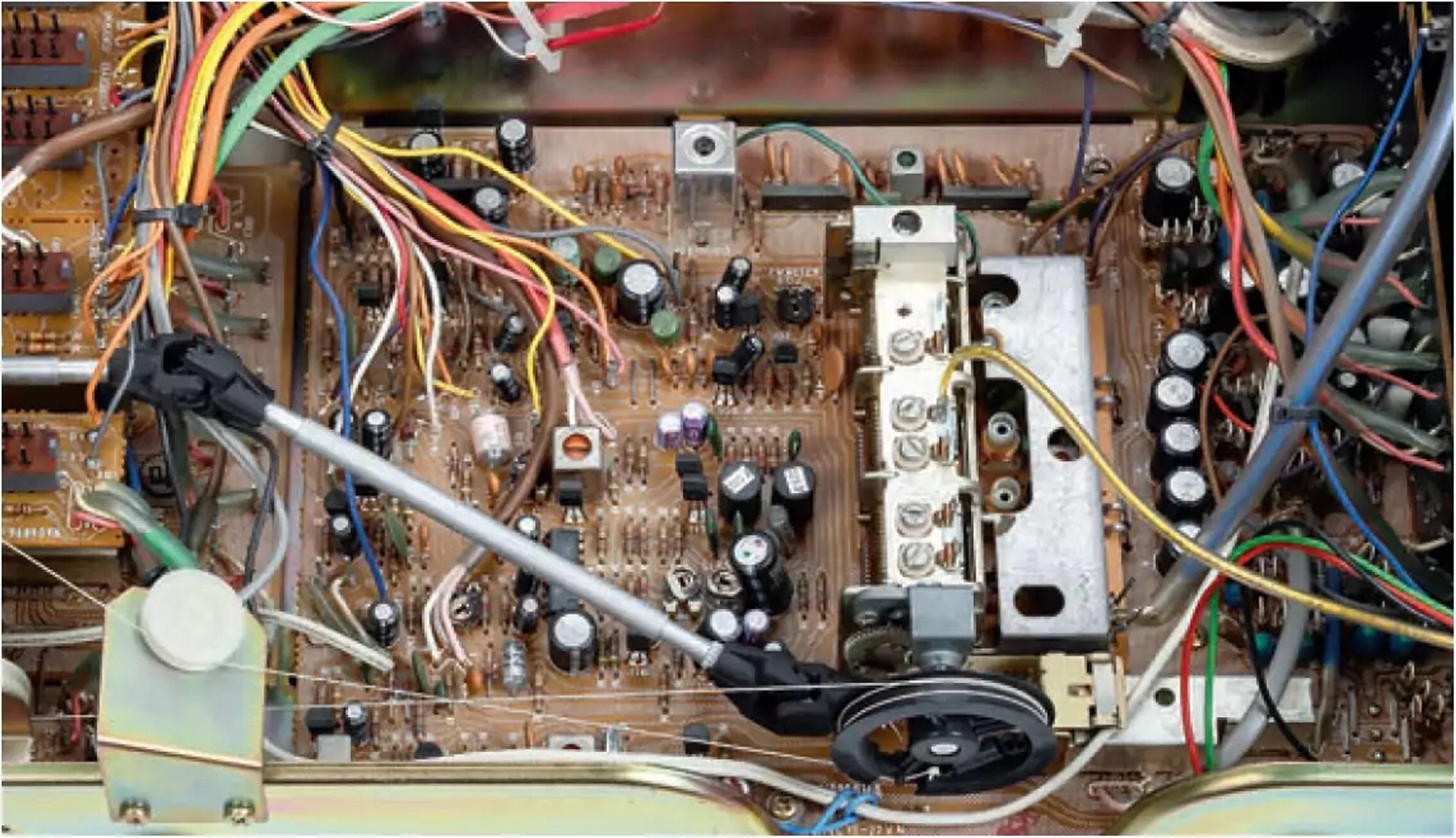

Also noteworthy are the three indicators on the front panel, which provide information about the tuner reception status as well as the output power of the amplifier.
Fight for Record Values
Like all manufacturers of that era, the HiFi developers at the giant Yamaha conglomerate (which also produced instruments, motorcycles, and boat engines) were, of course, fixated on achieving the best possible measurements. They vied for every fraction of a percent in distortion and every decibel in signal-to-noise ratio. And Yamaha was always among the very best in these disciplines. With this ambition in mind, it’s no surprise that the power amp section was internally separated from the preamp section by the heat sinks for optimal shielding. They also addressed the fundamental drawback of reduced crosstalk damping when using just one power supply, especially in dynamic passages, by means of a special circuit called SVR.
When you then add the very solid brushed front panel and the fine wooden case, it’s easy to see why Yamaha’s CR-2020 remains a sought-after collector’s item that rarely shows up on the used market to this day. Even more so given that these units almost never present severe problems and, after more than 40 years, usually only need a minor service to get back to top condition. That is a notable advantage compared to other old legends from Sony, Sansui, Technics, or Marantz.
Because of Yamaha’s modular system for amplifiers and receivers, the spare parts situation is also relatively relaxed; specialized classic repair shops can procure almost all parts needed for any necessary restoration, usually at reasonable prices. This is a great example showing that HiFi can be a hobby that retains value and is environmentally friendly — with many devices lasting almost indefinitely. What more could you want?
Yamaha CR 2020 Vintage Stereo Receiver Demo
Yamaha CR 2020 Vintage Stereo Receiver Demo.
Vintage Yamaha Stereo Natural sound CR-2020 1970's Receiver Demo
Demo of a cool classic stereo receiver from 1978. Still works!



